
Summary
- The Ancient Weapons—Pluton, Poseidon, and Uranus—derive their names from Greek gods, symbolizing destruction, oceanic power, and the heavens, enriching One Piece’s lore with mythical depth and ties to elemental forces.
- Boa Hancock reflects Medusa’s beauty and powers, Enel mirrors Zeus’s thunderous dominance, and Big Mom’s Homies draw from Greek deities, blending mythology into character designs and abilities
- Amazon Lily channels matriarchal strength akin to mythological societies, Fishman Island parallels Atlantis, and the Sun Pirates echo Helios’s themes of hope and freedom, showcasing Greek mythology’s influence on One Piece’s worldbuilding and symbolism.
Eiichiro Oda’s expert writing in One Piece displays diverse cultural elements layered with complex characters and extensive mythical storytelling. Throughout the world of One Piece writer Eiichiro Oda entwines Greek mythology as one of the most captivating themes which form the backbone of the narrative. Greek mythology within One Piece serves to enhance storytelling and engagement while expanding upon characters’ relationships to classic mythological symbolism.
The existence of the Ancient Weapons
Central to the lore of One Piece are the Ancient Weapons—Pluton, Poseidon, and Uranus—each of which carries a name steeped in Greek mythology. The ancient weapons are the main plot related to the Void century and today’s world.
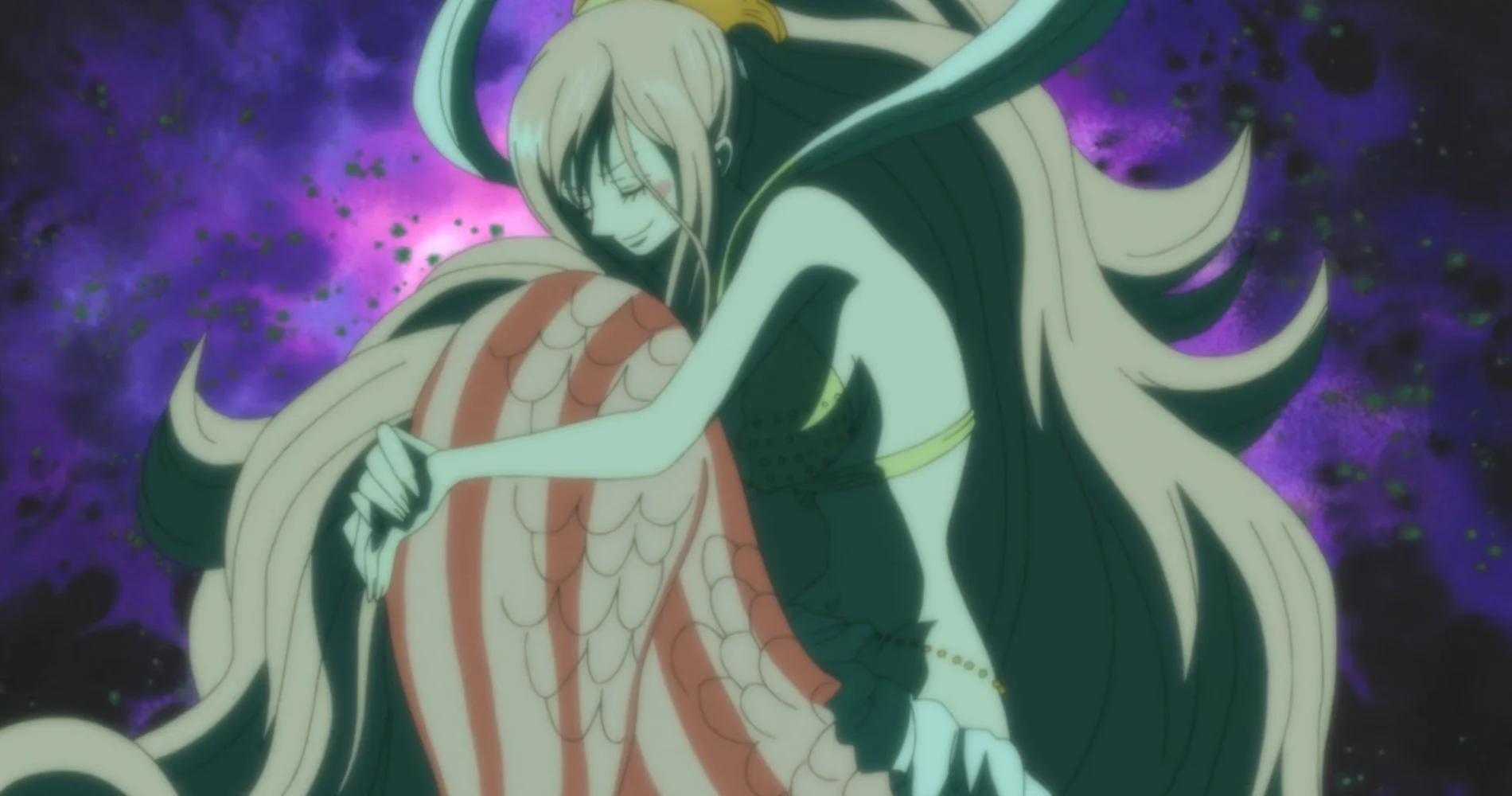
Pluton: Pluton crafted its name from Pluto (Hades) the Greek underworld deity to identify this enormous warship that enables devastation on the seas. According to Greek mythology, the name signifies destructive powers since Hades ruled destructively over the underworld.
Poseidon: In One Piece the ancient weapon known as Poseidon lets characters establish contact with and command over Sea Kings. Through her power of communicating with Sea Kings Princess Shirahoshi represents the Greek sea god Poseidon by way of the ocean’s rulership.
Uranus: In the tangled lore of the show Uranus displays powers mentioned in mythology yet its purpose in the story is unknown. According to its naming origin, the power seems linked to heavenly elements and may possess abilities over atmospheric phenomena and the celestial domain.
Plots in One Piece move forward through these master artifacts that also create connections between the characters and elemental forces known from Greek mythological times.
Big Mom’s Soul Creations
Big mom with her power of the Soul devil fruit creates herself a three homies – Zeus, Prometheus, and Hera which are the cloud forms of energy power.
Zeus: Thunder and lightning make Zeus the ruler among all gods since he is the head of divinity. According to the anime One Piece Zeus appears as a cloud-based Homie who generates dangerous lightning bursts matching the mythical Zeus’ thunderbolt weapon.

Prometheus: According to Greek mythology Prometheus emerged as the Titan who bestowed fire to humans. The flaming sun Homie Prometheus of Big Mom brings dangerous firepower while also representing its incredible strength.
Hera: During the story’s later timeline Hera emerges as a thundercloud Homie who received her name from Zeus’s wife the goddess queen of the gods. Similar to the legendary goddess Hera her presence showcases regal and commanding energy. The introduction of Homies serves Big Mom alongside feastening up the story by adding mythological layers to its depth
God Enel and Skypiea: A Nod to Zeus
Enel displays power over thunder by consuming a devil fruit Rumble-Rumble Fruit (Goro Goro no Mi). His abilities and god complex parallel Zeus, the Greek god of the sky and thunder. Enel’s uncontrolled domination together with an arrogant self-importance makes him comparable to mythological Zeus who maintained absolute power while displaying occasionally troublesome behavior.

Fishman Island and Atlantis
Fishman Island on the ocean floor resembles the mythical sunken city Atlantis in Greek mythology because it serves as home to both fish-men and merfolk inhabitants. Through their coastal locations beneath water Fishman Island mirrors Atlantis yet distinguishes itself by uniting multiple races beneath its depths.
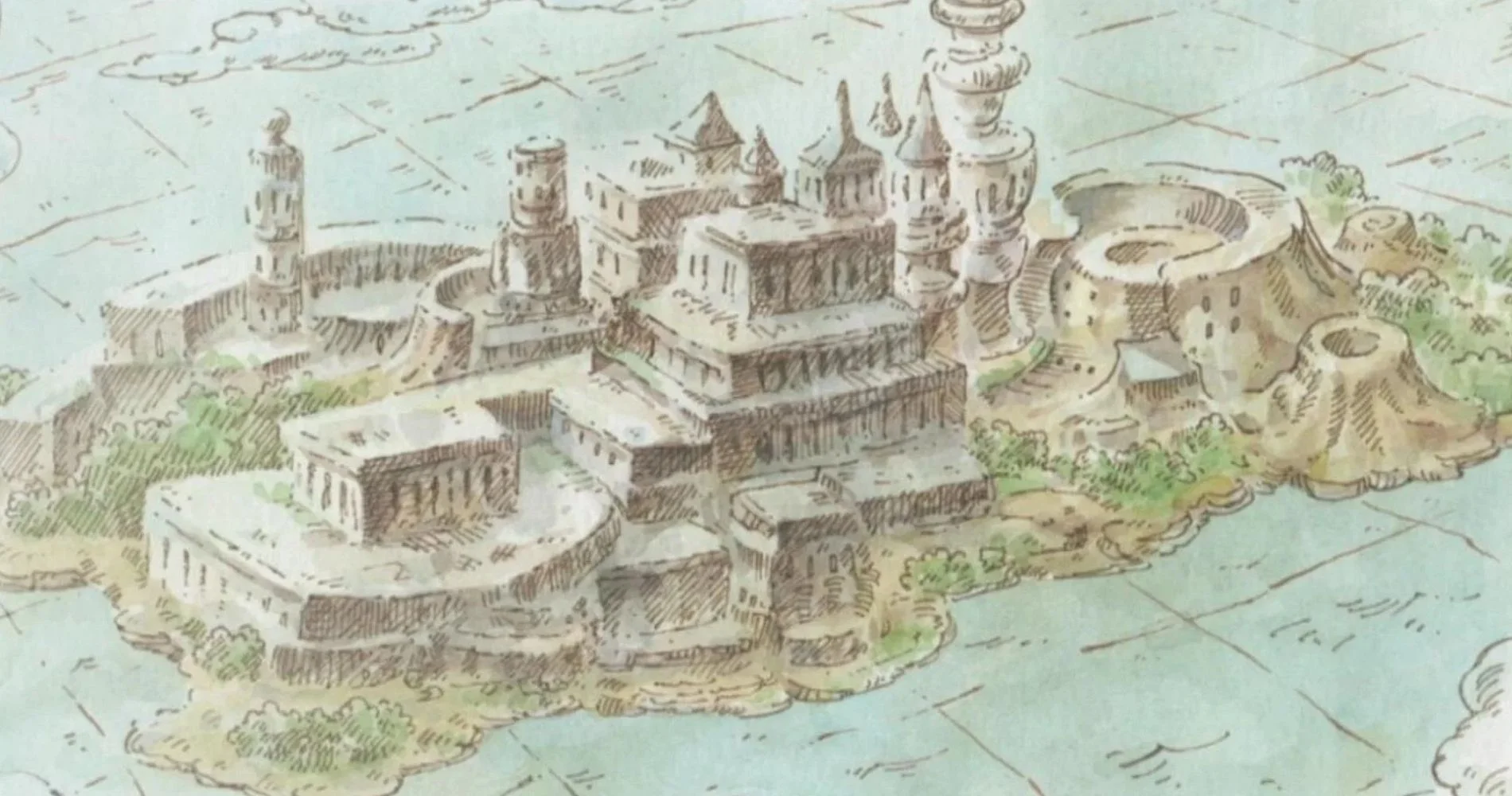
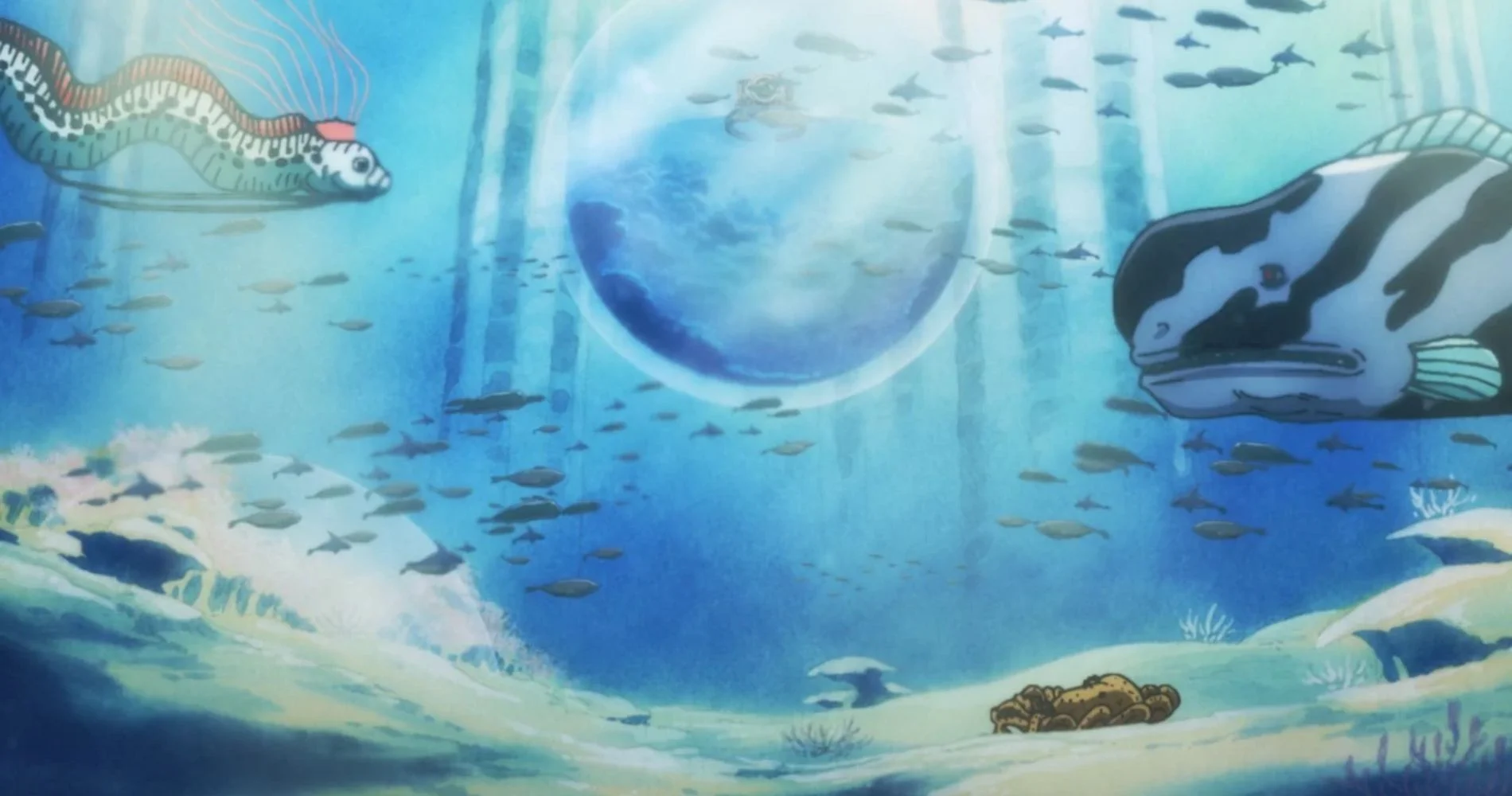
Related
Amazon Lily and the Gorgon Sisters
According to Greek mythology Boa Hancock rules Amazon Lily alongside sisters in a realm derived from tales about the legendary Gorgons. Martinology records three Gorgon sisters who had snakes weaving their hair but Medusa stood out as mythology’s best-known witch because she could turn people into stone with her simple stare. Haunted by history Hancock shares her Gorgon Sister status with her sisters Sandersonia and Marigold.
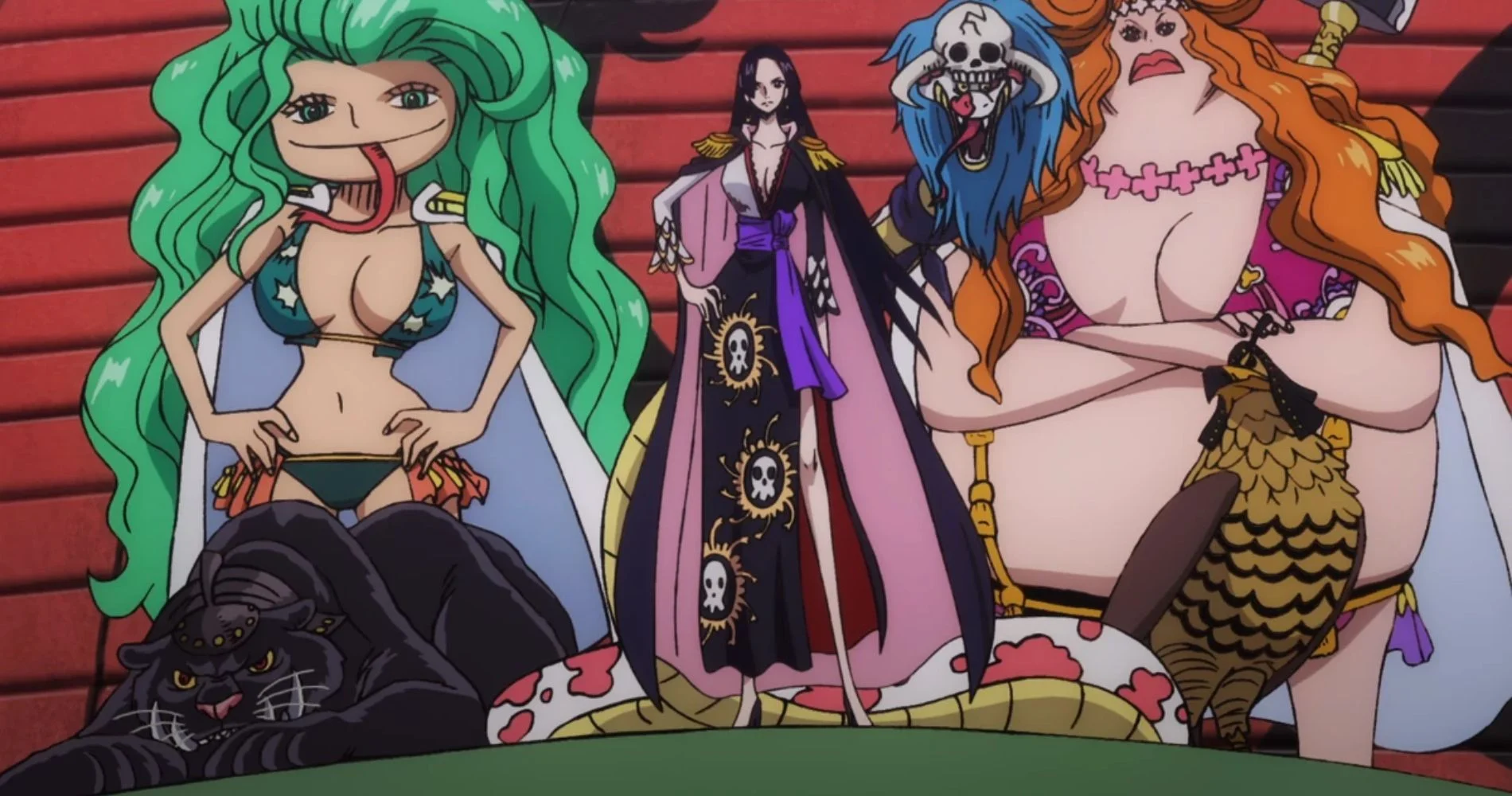

The parallel between Gorgons and sisters of Amazon Lily becomes clear through their account of being enslaved by Celestial Dragons who left visible scars that the sisters chose to call themselves Gorgons meaning ‘tortured comrades.’ Through her interacting skills and stone-altering capability of the Mero Mero no Mi (Love-Love Fruit) the character Hancock establishes clear connections to the mythological Medusa. Strong female power together with female dominance and an intriguing aura unite in an island society of pure womanhood thus portraying themes prominent in mythological all-female civilization.
The author of One Piece, Eichiro Oda has given many references to Greek Mythology whether is developing a character or giving a world universe setup in the anime.
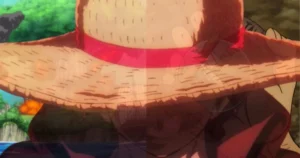
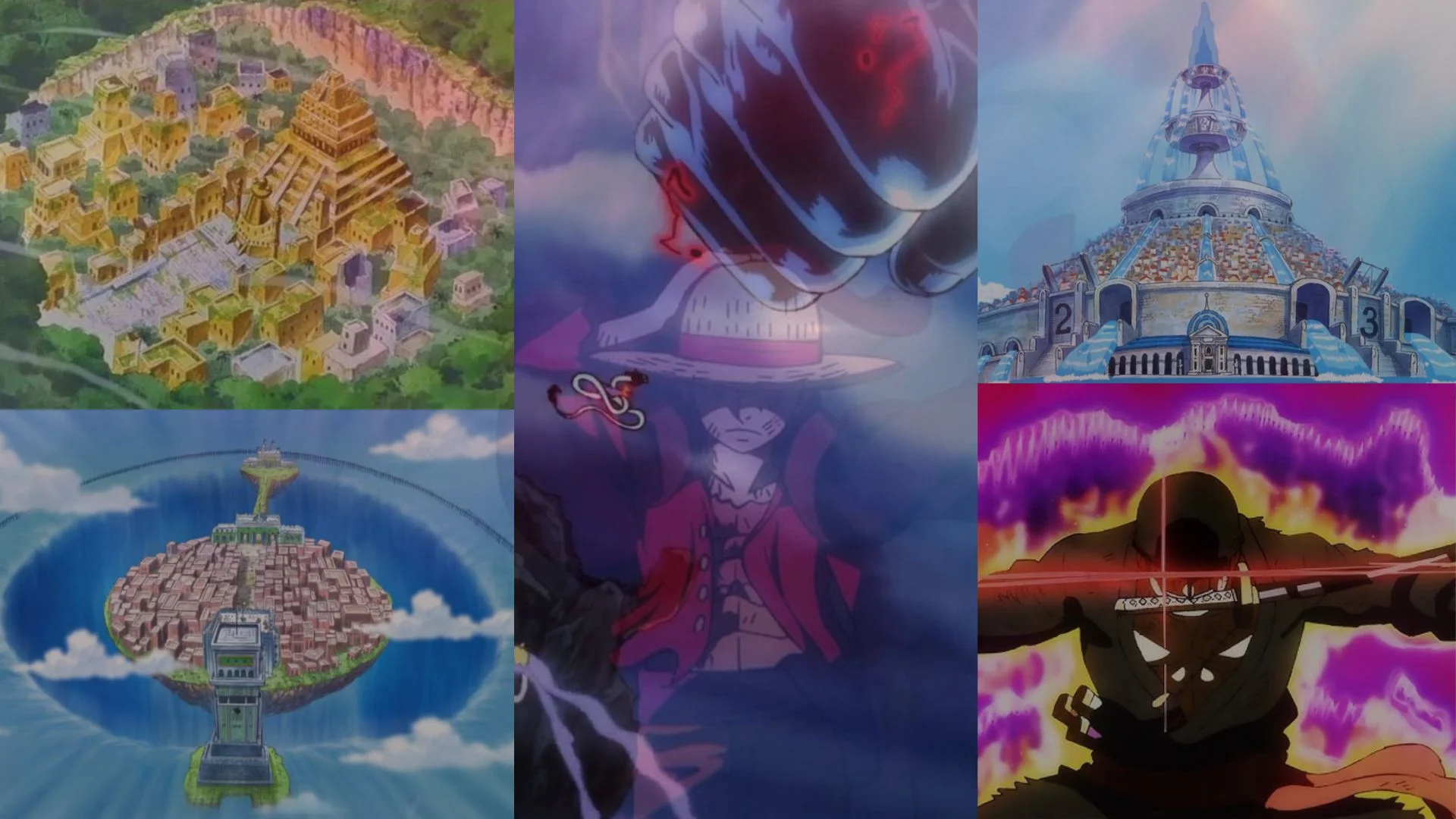

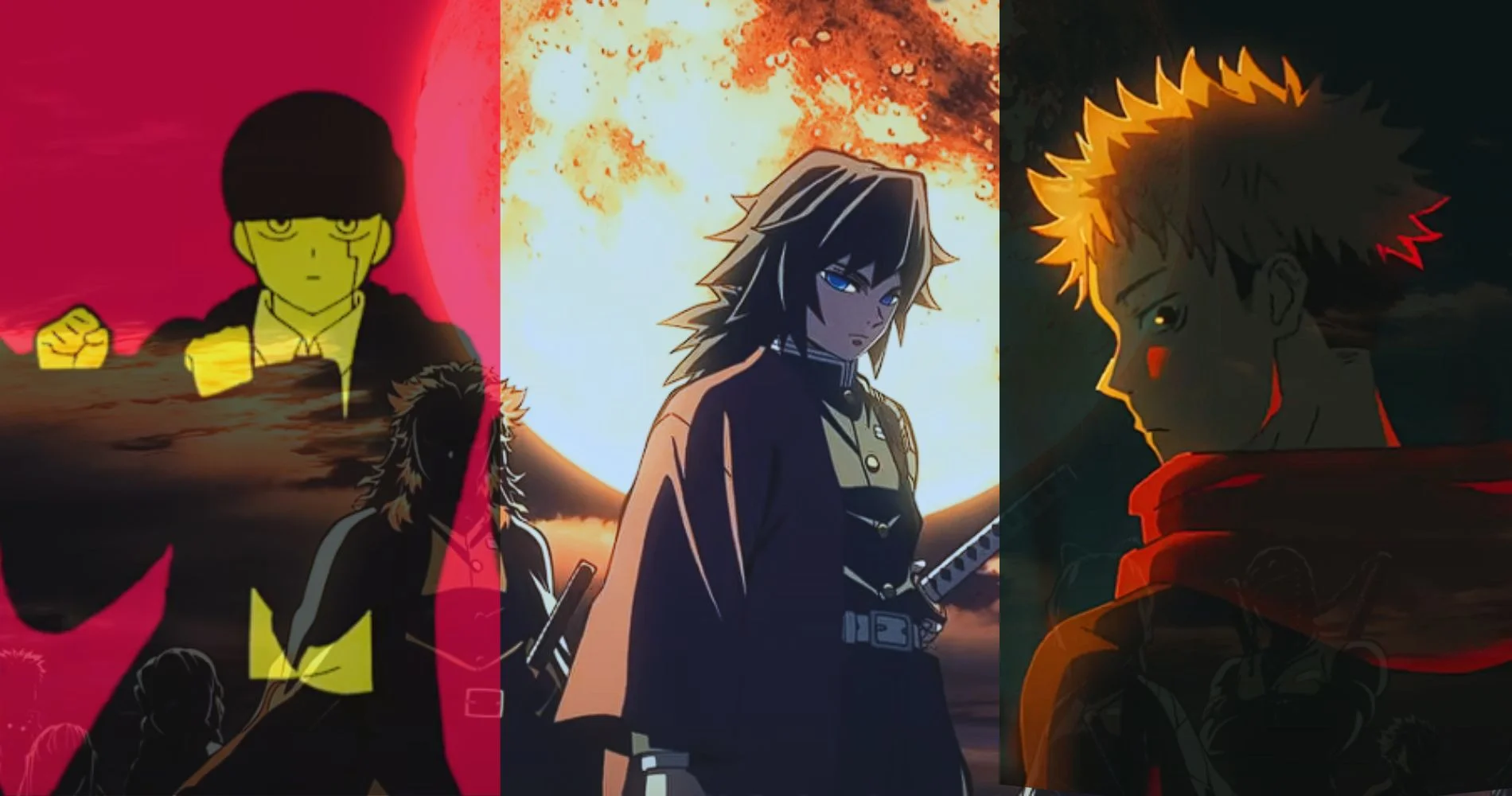
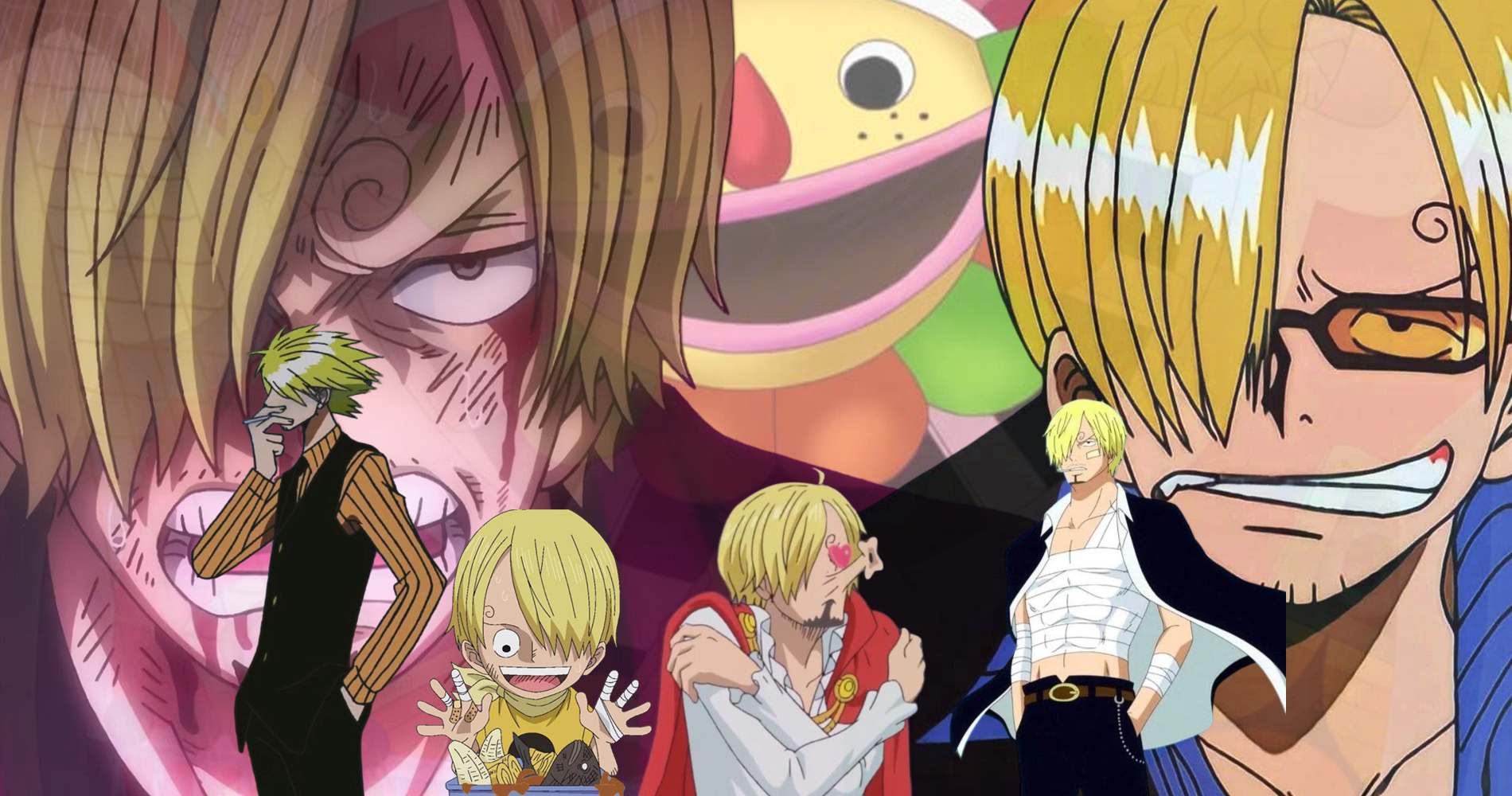



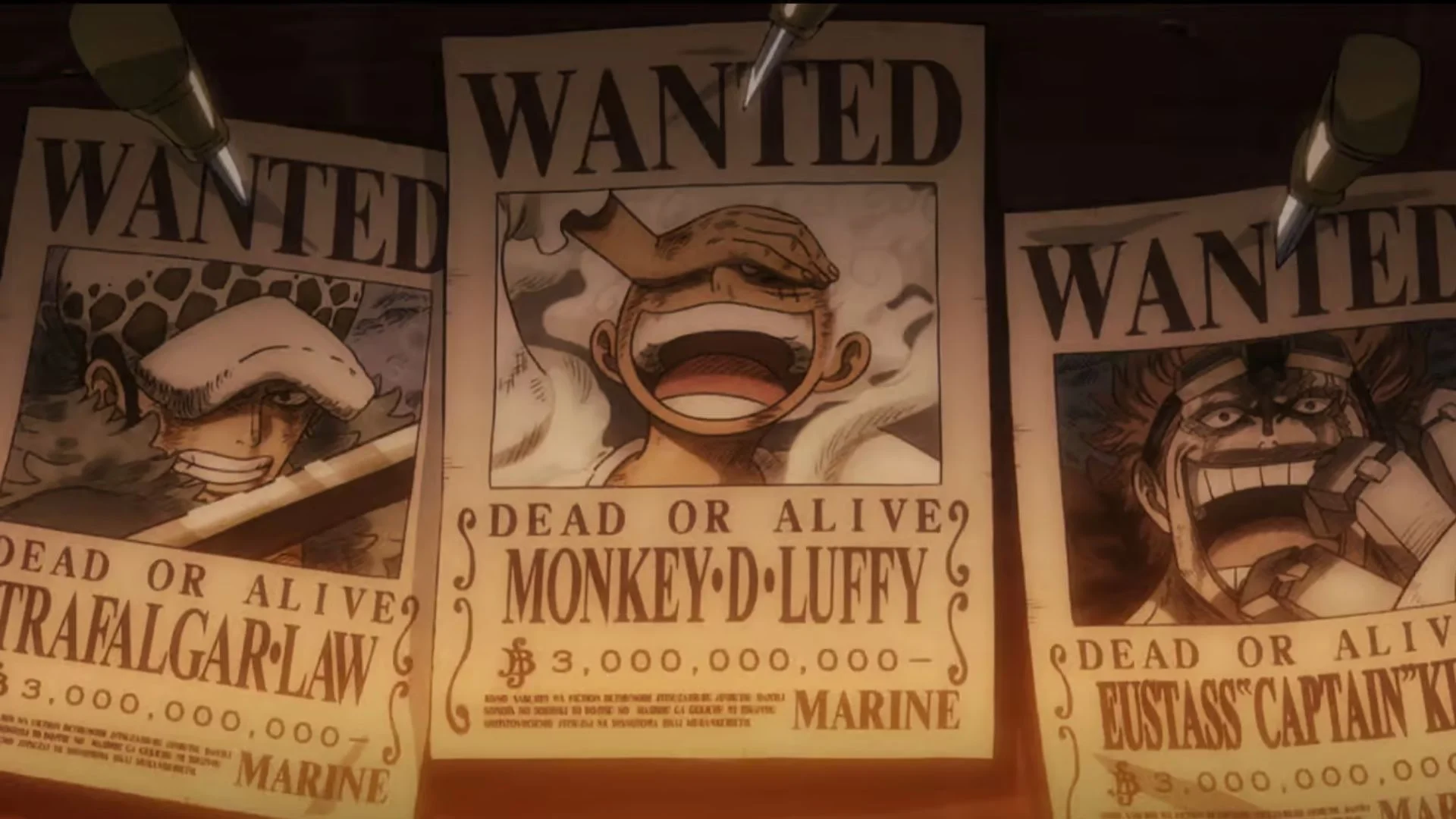
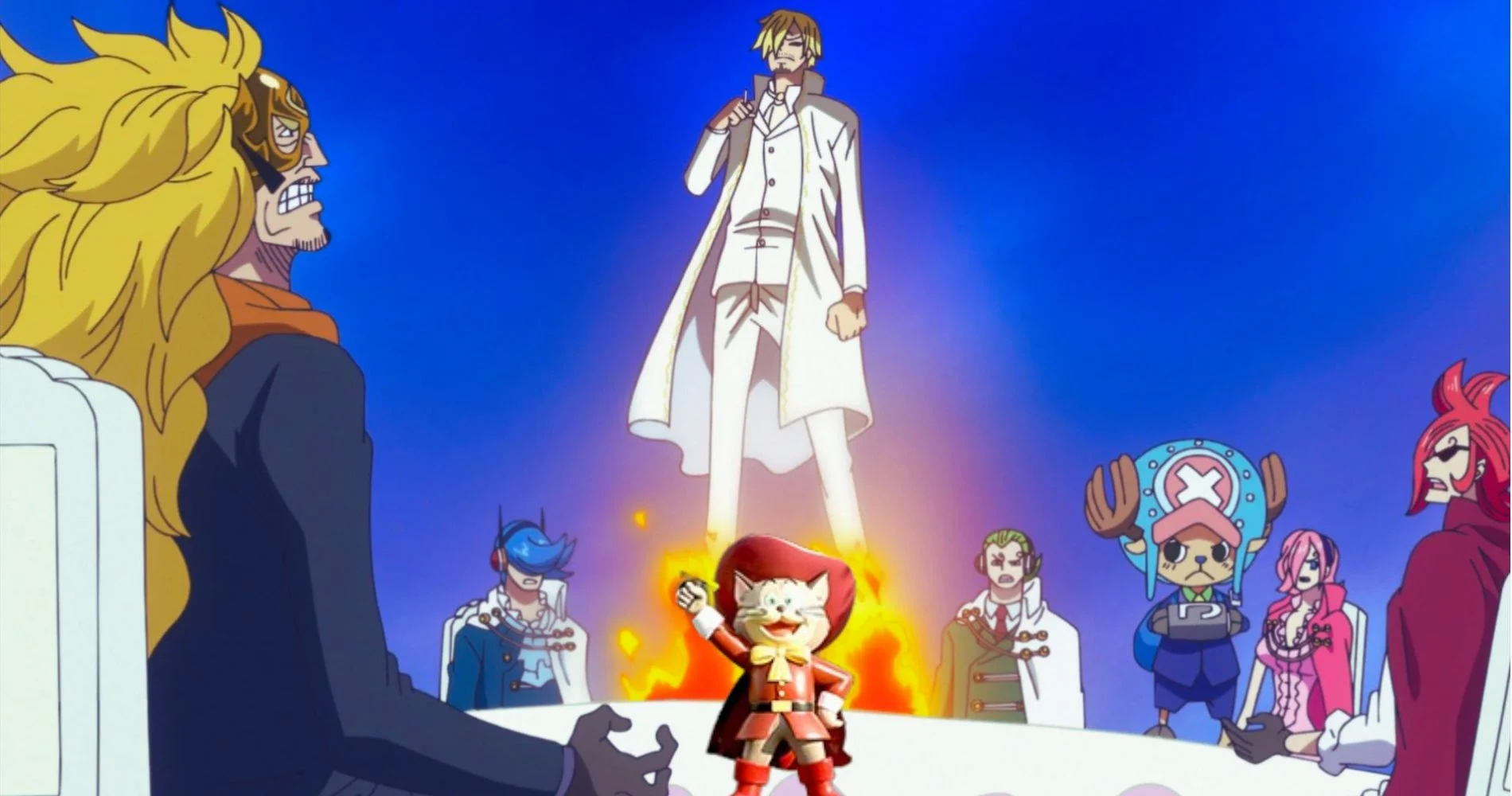
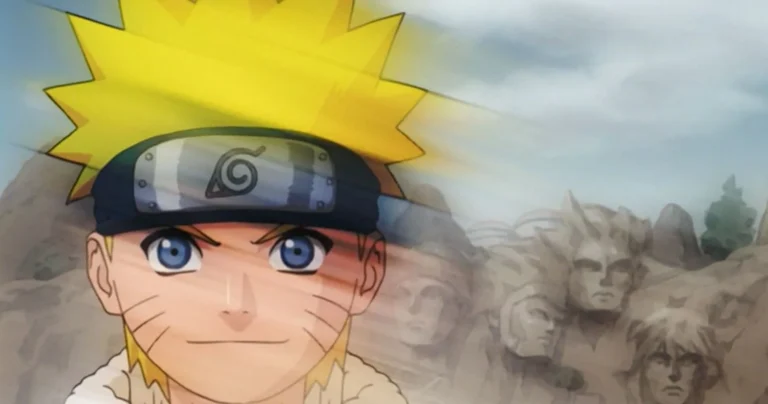
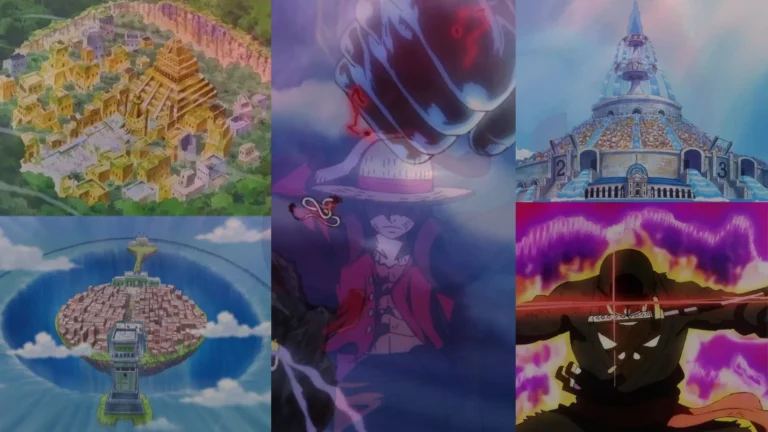
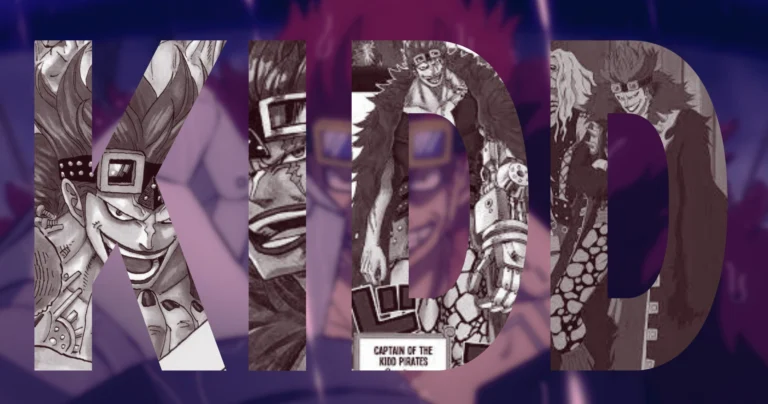
1 thought on “One piece – Major Greek mythology references in the series”